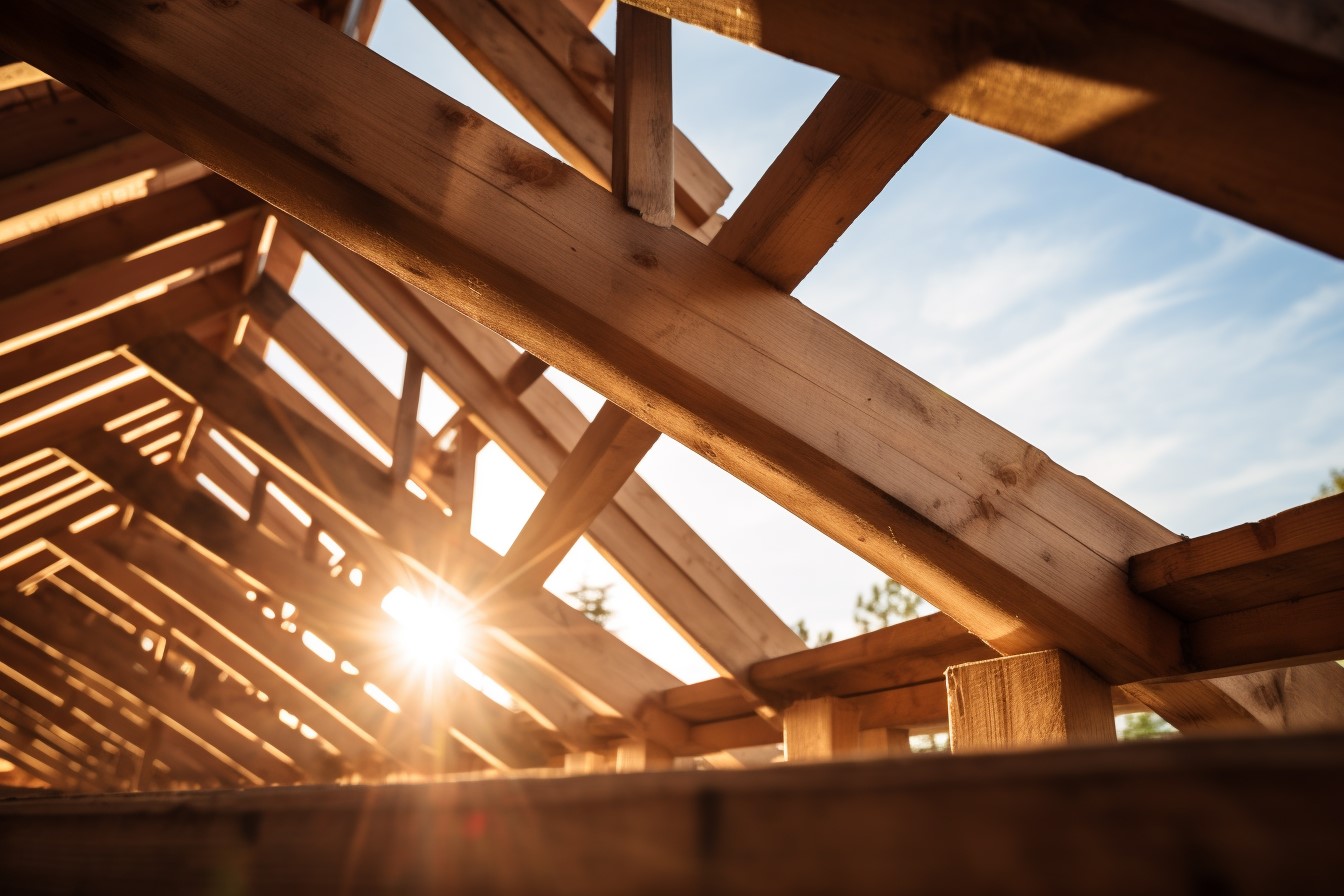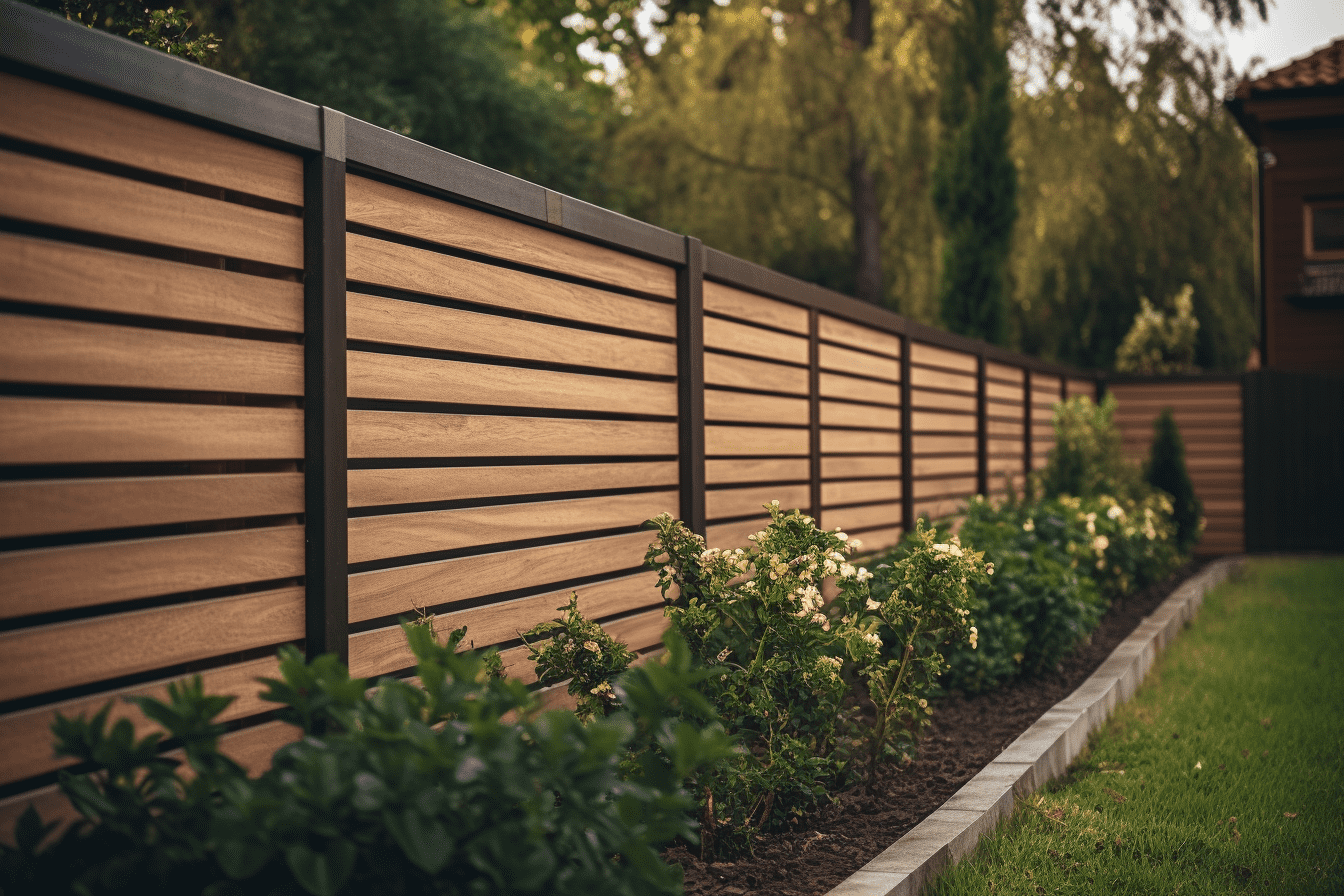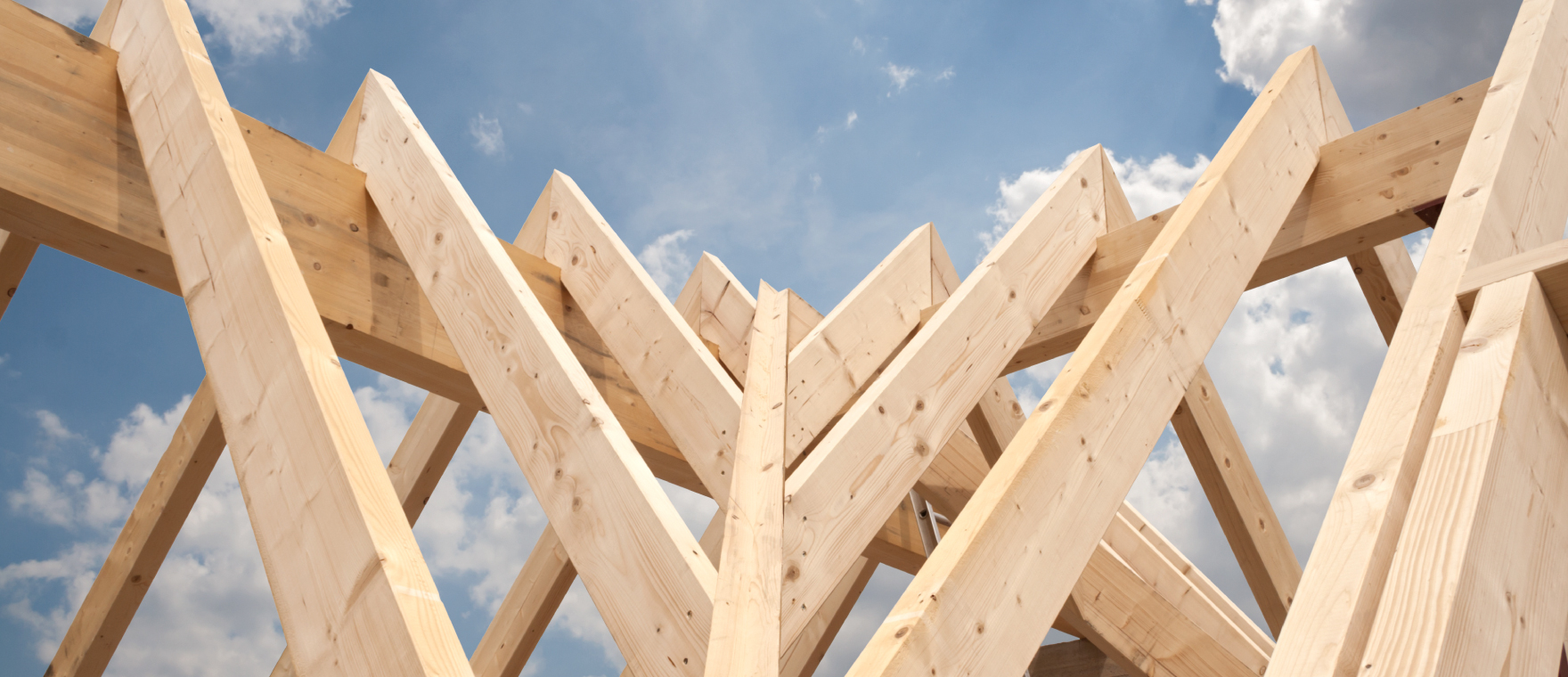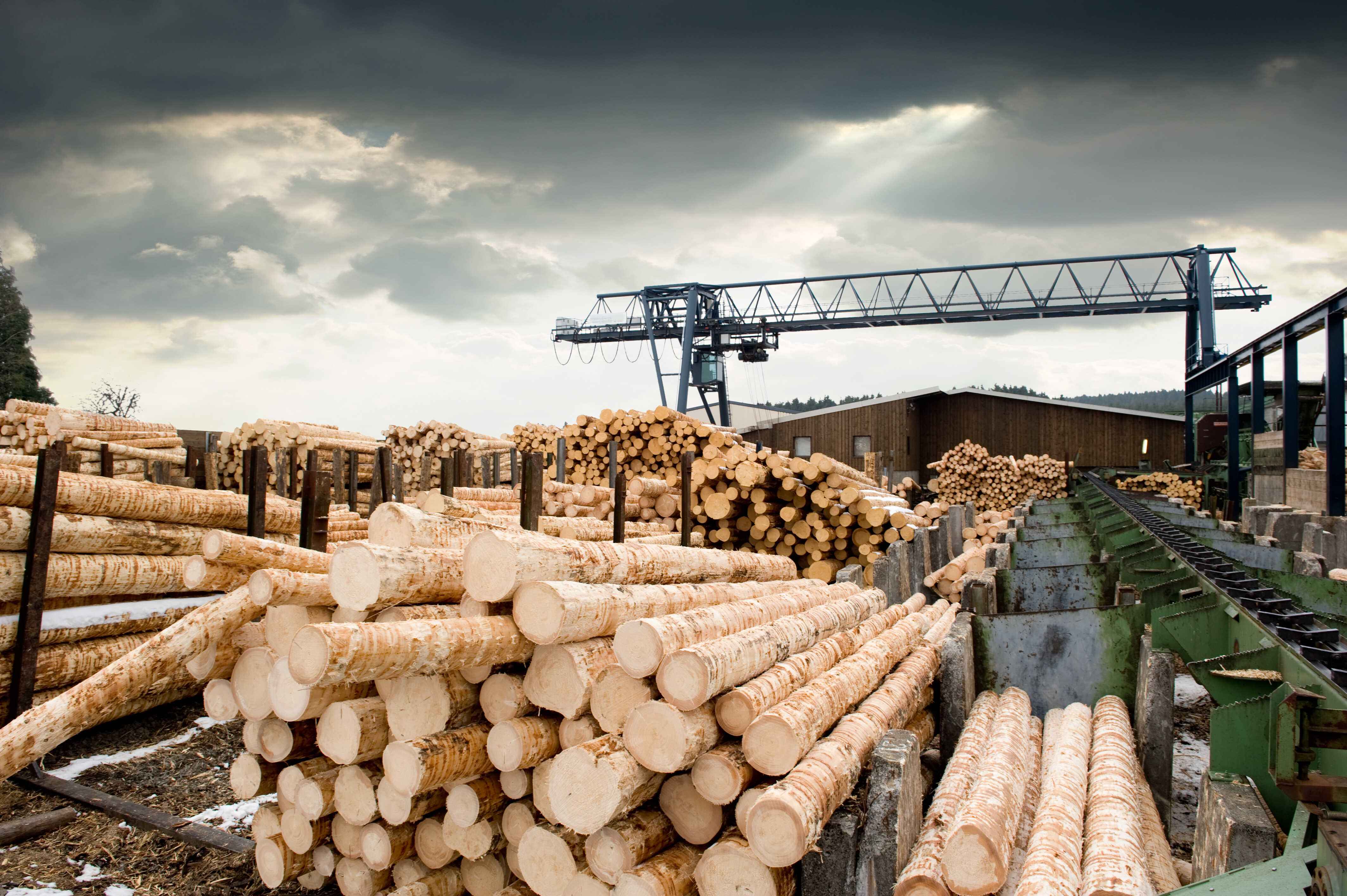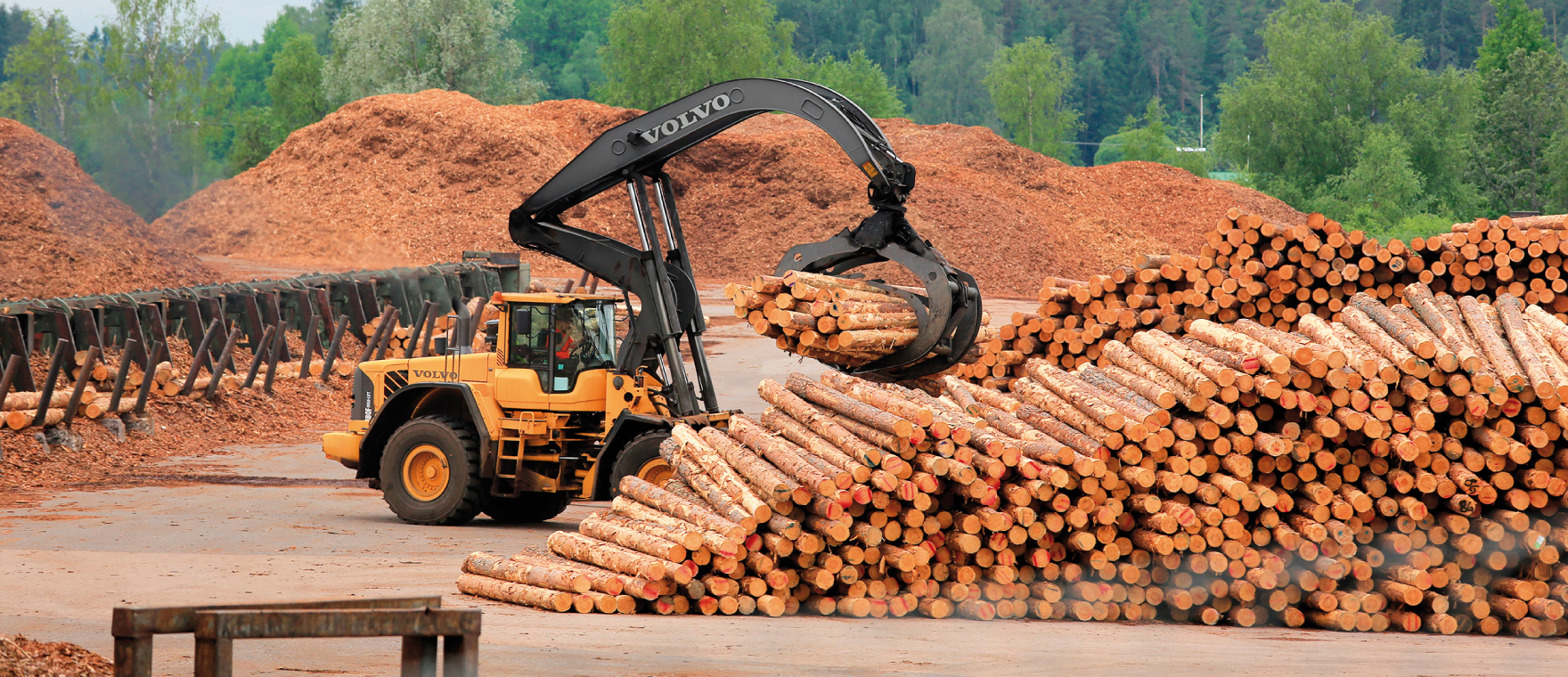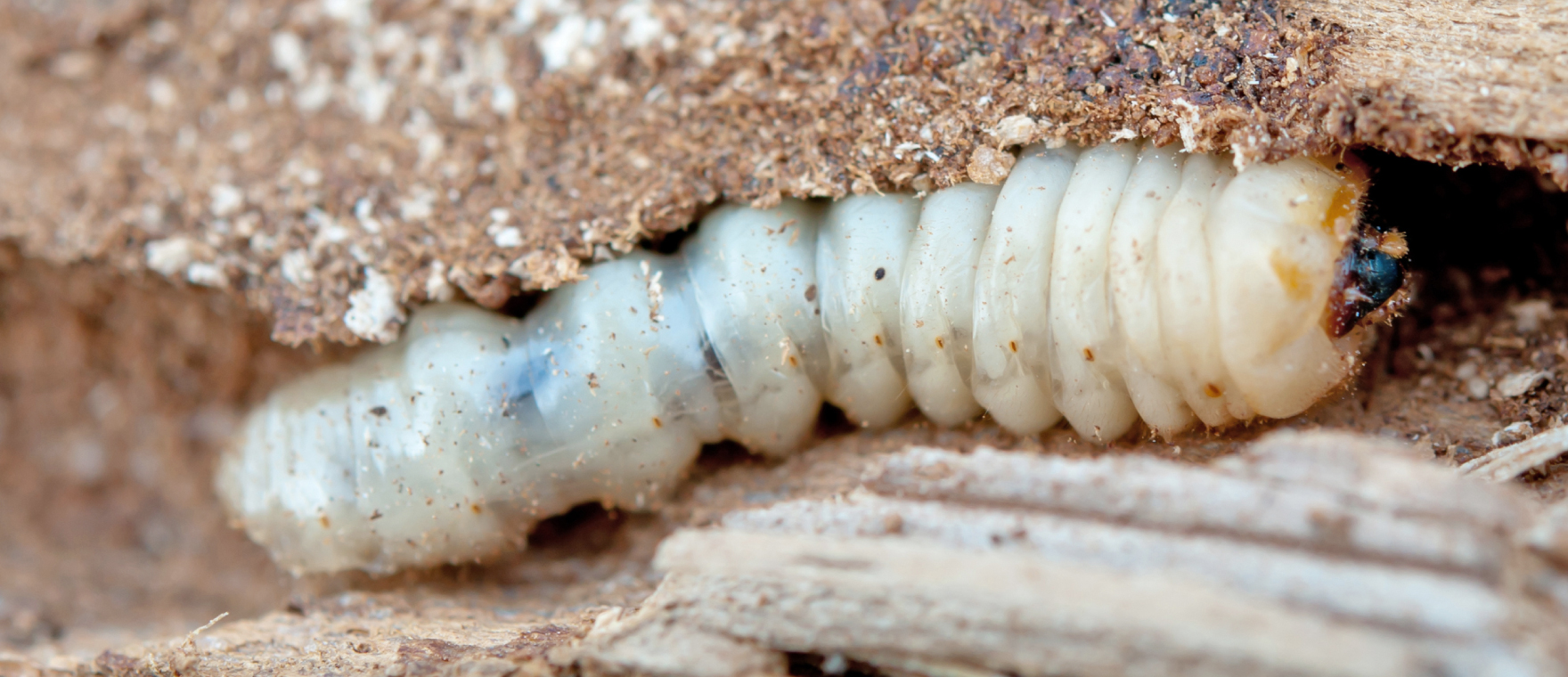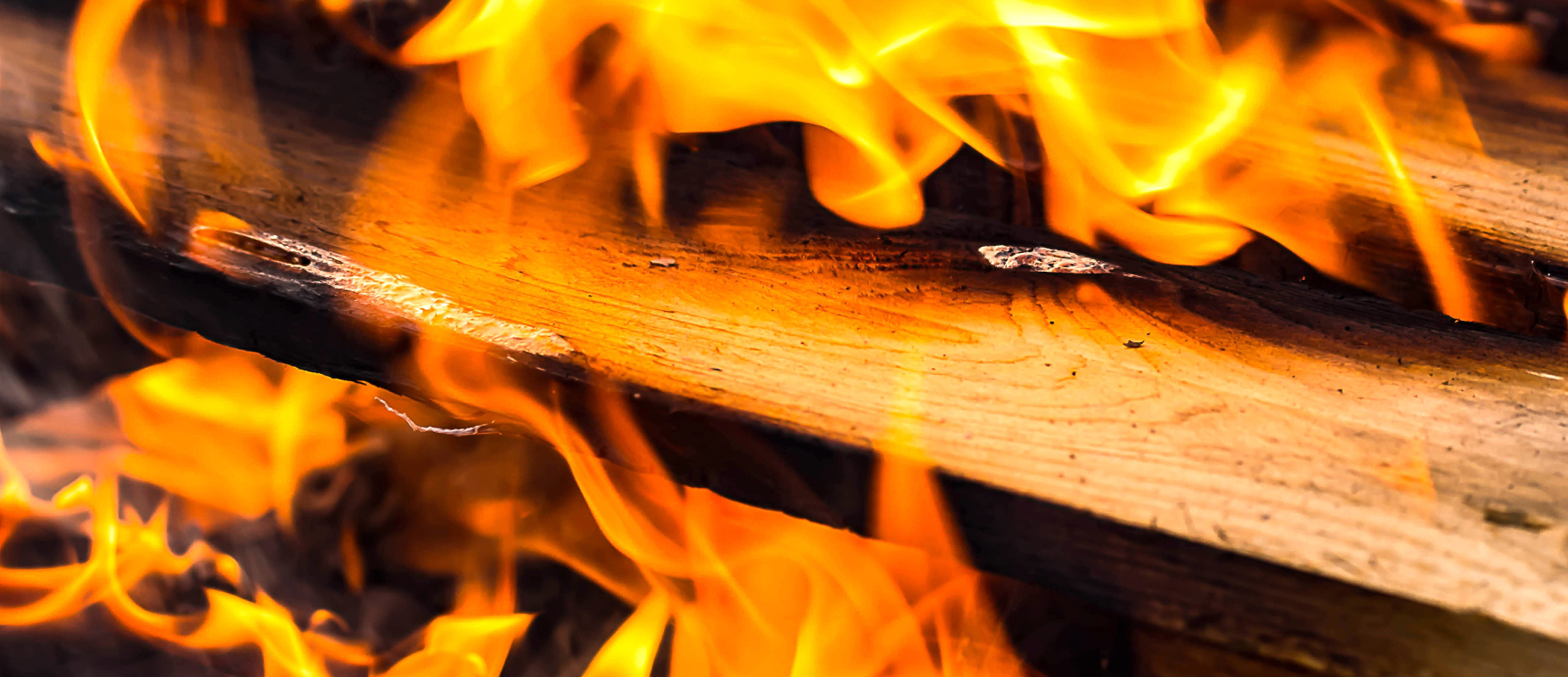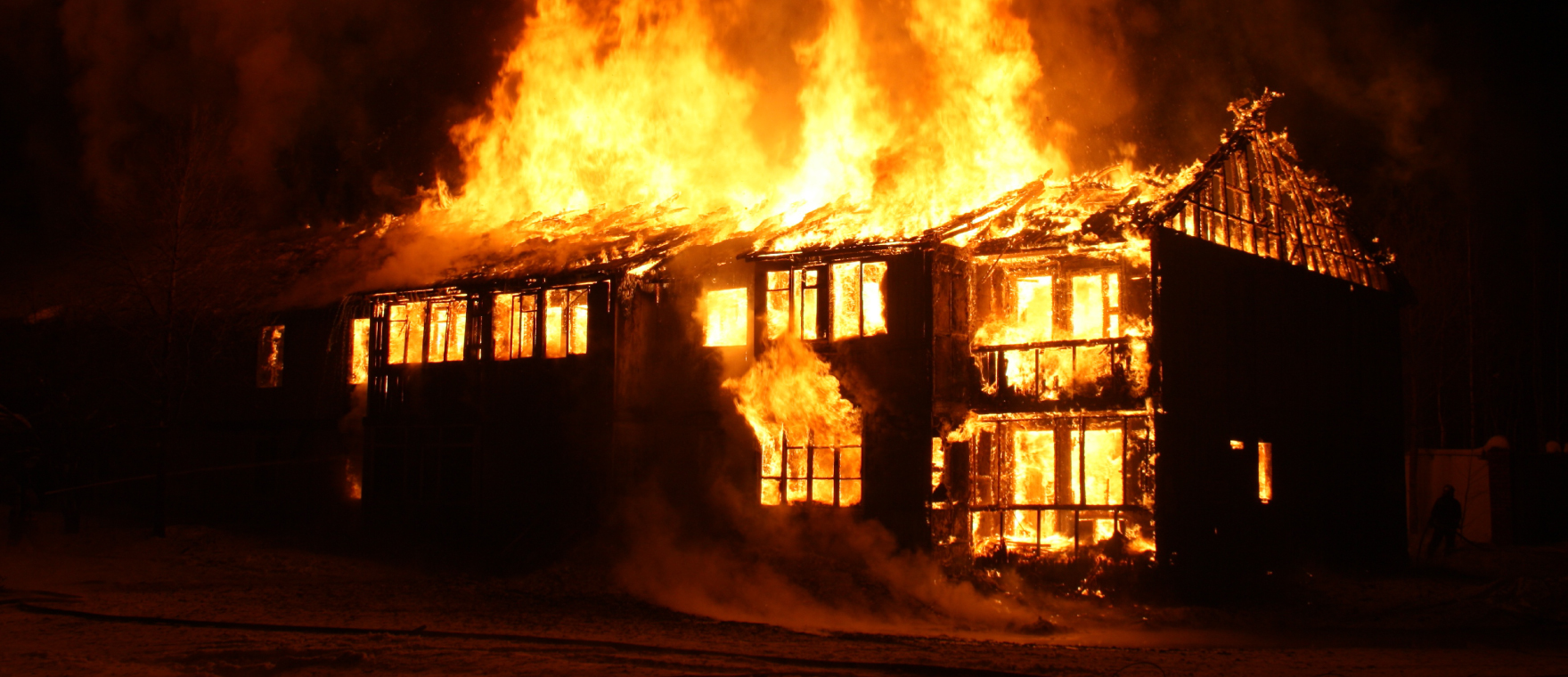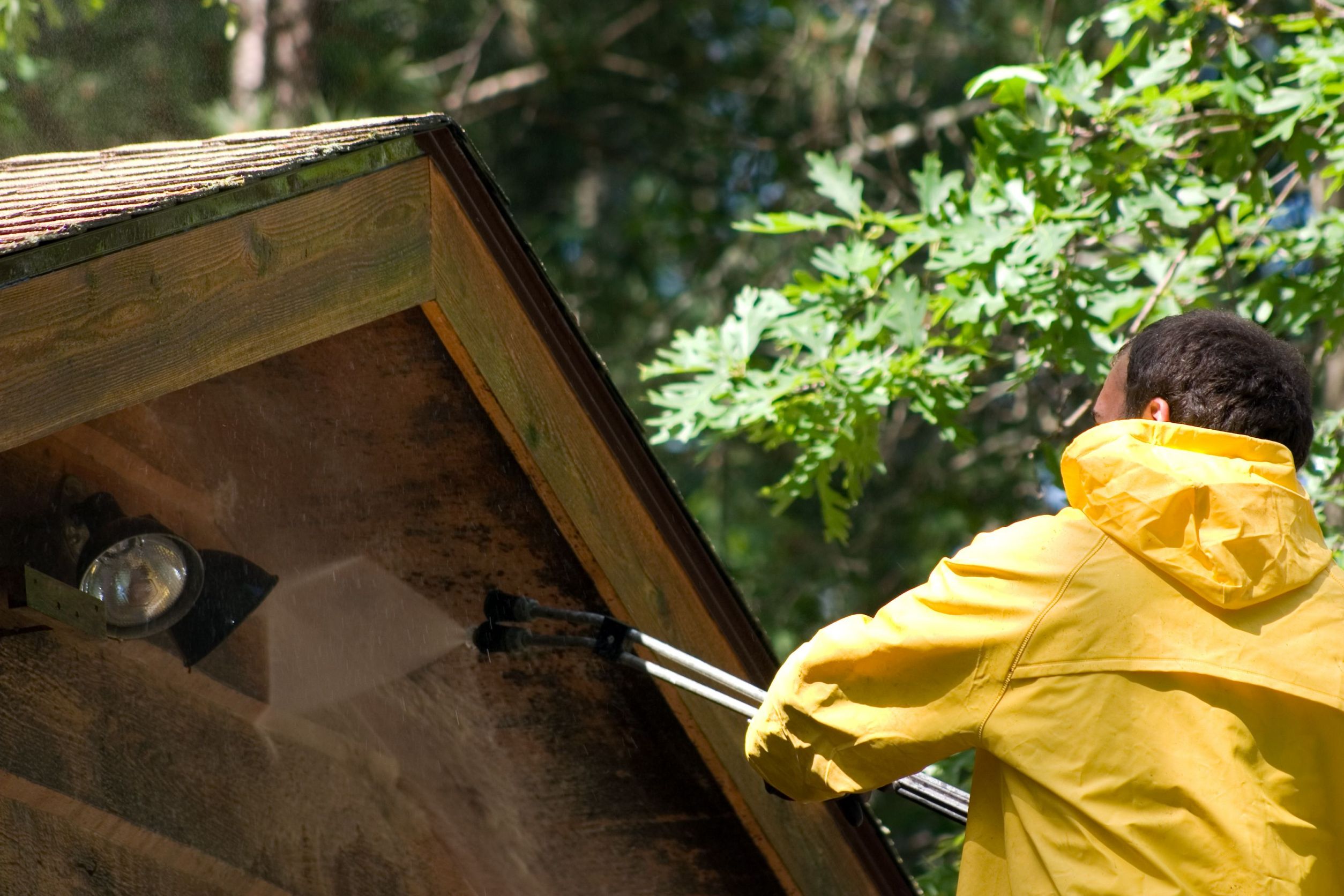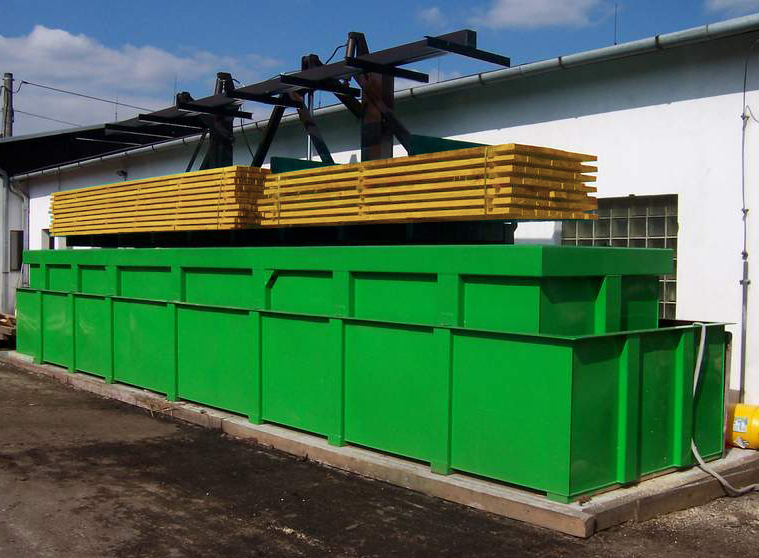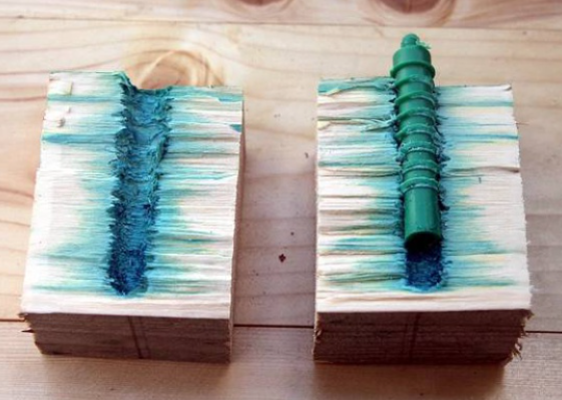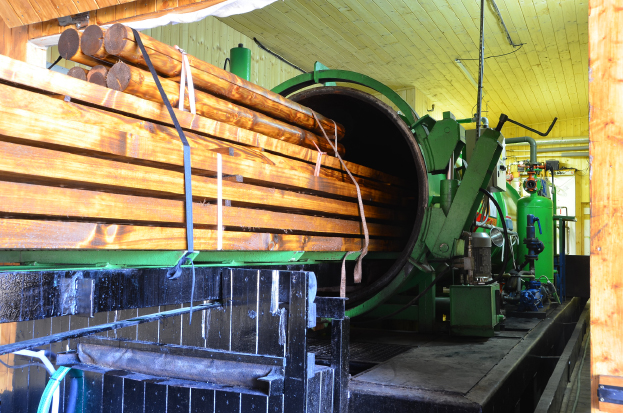- Wood protection
- About Impregnation
- Impregnation Methods
Impregnation Methods
Paints and Sprays
- Applied both on built or dismantled fixtures and on built-in timber structures.
- Timber preservatives can be sprayed on in stationary installations (spray tunnels, booths). Portable jet sprayers are used to provide additional protection to built structures (particularly in hard-to-reach areas).
- The timber’s surface plays a major role in how the preservative is absorbed. Unplaned timber absorbs approximately twice as much preservative per unit area as planed timber. Another factor influencing the intake of preservatives is the slope of the timber. Around a third as much preservative is deposited in vertically-positioned timber as in horizontally-positioned timber.
- See how easily you can impregnate, for example, a fence with coating or a roof structure by spraying.
Dipping
- Dipping is general performed in suitable waterproof baths. When using continuous dipping lines, each piece of wood is separately immersed to ensure that the entire surface of the timber element is soaked. Automatic immersion time is usually a few seconds and depends on how the line speed is configured.
- When using traditional baths for dipping, timber elements are arranged in packs, which are submerged them below the surface of the preservative using a hydraulic arm. Late are used to separate each layer of the timber in the pack to ensure that each element in the pack is soaked on all sides, thus making sure that the entire wood surface is soaked in a uniform manner. Soaking time is usually several tens of minutes. Extended soaking - more than 24 hours - ensures medium-deep protection, with a penetration depth of up to 3mm.
- If timber elements are cut shorter following impregnation, the incision surface must also be painted or sprayed with the impregnating agent. We recommend regularly cleaning the solution baths to remove sawdust debris, which may affect the quality of the solution applied.
Grouting
- Grouting is a bore-and-puncture based method used to treat built-in structures that are either healthy or partially infested by wood-decaying insects. The wood is punctured and a protective substance is injected or squeezed into the pre-drilled holes to penetrate the surrounding timber parts. Moderate overpressure should be applied to squeeze the substance into the holes (using a pump or air pressure).
- This technology can be used to impregnate all built-in timber elements. The system of holes must be designed in such a way as to reduce the mechanical properties of the timber, while also ensuring that the impregnating substance is properly distributed throughout.
Vacuum-pressure Impregnation
- This method is particularly suitable for impregnating timber intended for prolonged contact with the ground or fresh water (use class 4) - built structures, columns, stakewalls, bridges, vineyard poles, etc.
- Recommended impregnation method - according to Bethel (vacuum - overpressure - vacuum)
- The duration of each phase will depend on the impregnability (permeability) of the wood used. Heartwood is generally non-impregnable, and therefore impregnability is assessed based on the properties of sapwood. Spruce is a highly difficult wood to impregnate, whereas pine and beech sapwood are easily impregnable. Oak sapwood is somewhat less impregnable than beech, but since oak has a low volume of sapwood, it is considered virtually unimpregnable. The specifications for impregnation will depend on the intended purpose and use class of the timber.
- The timber to be impregnated is placed inside a pressurised treatment vessel. First of all, a vacuum is created that removes air from the wood cells for the prescribed period. This phase is crucial for determining the depth of timber penetration. The principle of “the lower the pressure in the pressure camber, the greater the penetration depth” usually rings true. In practice, an absolute pressure of 20 mbar has been found to be optimal. This phase lasts for several hours. The vessel is pressurised, forcing the impregnating agent solution to fill the vessel. The vessel is subjected to hydraulic pressure (overpressure of 8 - 10 bar), which forces the solution deep into the timber structure for the prescribed period. This phase lasts for several hours. The application solution is then discharged from the pressurised vessel into the storage tank. A final vacuum is then applied to draw any excess solution out from the timber surface, with the solution then pumped back into the storage tank. The impregnated timber is removed from the pressurised treatment vessel and stored away from rainfall for ventilation.
- Watch our illustrative video to see how vacuum-pressure impregnation works.

